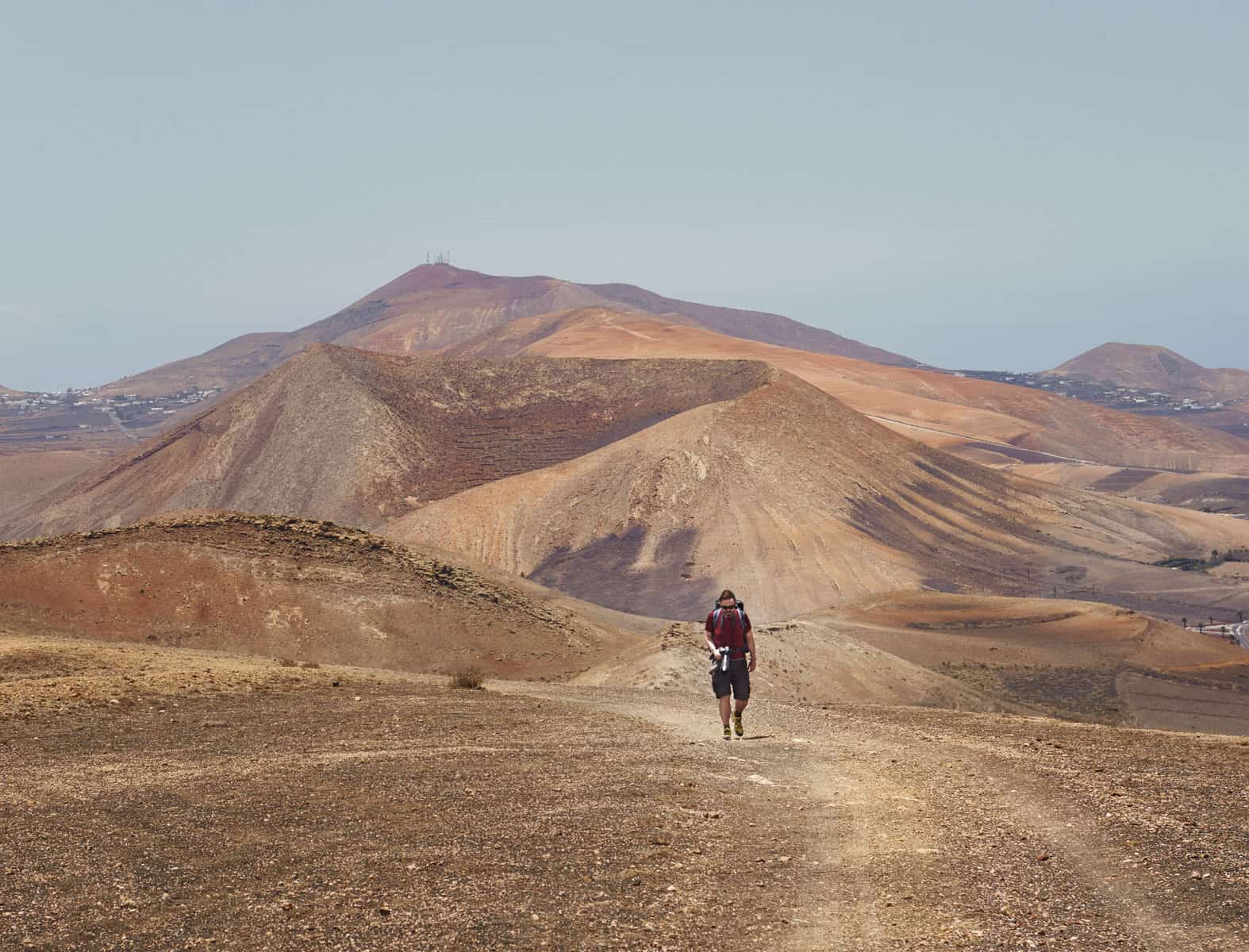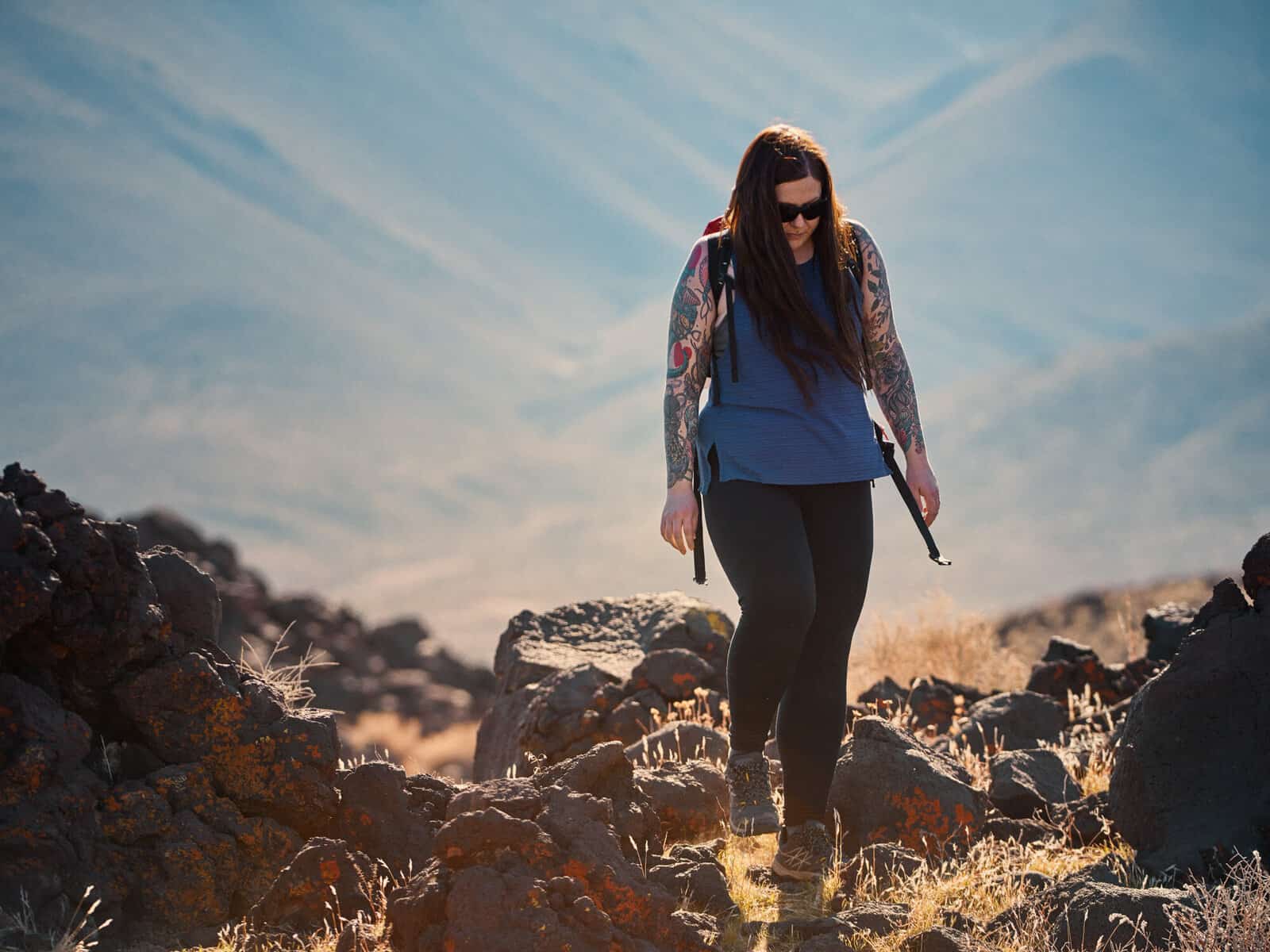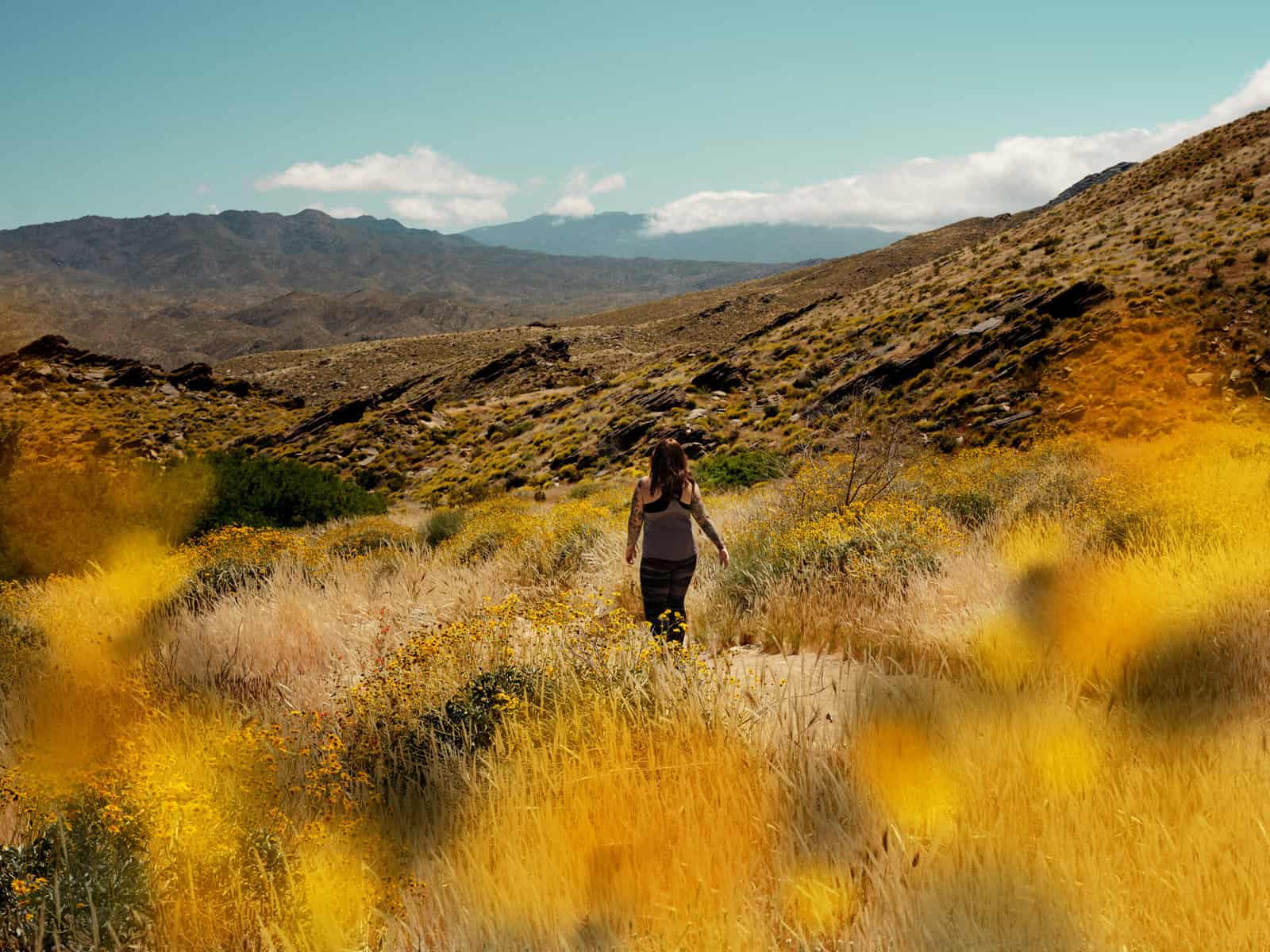One of the questions we have been asked a lot over recent months from those of you who are perhaps newer to the outdoors is how can I give myself the ‘get up and go’ to continue this? In winter especially, it can feel really tough to get outside. It is warm inside, and it’s cold out. If you want to go for a long hike, the idea of getting up early on a weekend can feel really rubbish and even in summer, it can be pretty hard to get yourself moving at times. Our answer has always been a little complex, but it generally boils down to a number of things you can do. Having a purpose is a great way of continuing to push yourself. This can be something as simple as ‘I really want to get out for a long walk this weekend because I’m training for something in three months time and I know this will help me in the long run’. Another is to give yourself as much evidence as possible to show that getting outside and interacting with the world around you does, generally, uplift your mood and allow you to feel brighter, even if just a little sometimes.
When thinking back to how we have been able to stay motivated over the years to get out, especially when we’ve found ourselves wanting to retreat after long busy weeks (or when struggling with the physical side effects of anxiety and depression) we’ve used the walk a 1000 miles challenge as a really good signaler to get out. For those of you who don’t know, the walk a 1000 miles challenge is an initiative put on by Country Walking Magazine every year to, you’ve guessed it, walk 1000 miles in that year. When we first got into adventure and seeing the benefits we were experiencing, we set ourselves the challenge after summer about four years ago (so actually halfway through the year, which did create a bit more of a challenge) to complete the challenge that year before it was out. We found this really enjoyable and so the following year, we did the same. Then the same the following year and so on. Why are we still doing the challenge? Well for us, walking 1000 miles is something that is a lovely reminder whenever you feel like you’re lost with it or you’ve lost your mojo to bring you right back to the centre of all the reasons you like to hike. Even though we are generally doing much more than that now, with our adventures being full time, we still love the feeling that comes from knowing we’ve done something great for our minds and bodies.
𝘐𝘮𝘢𝘨𝘦 𝘥𝘦𝘴𝘤𝘳𝘪𝘱𝘵𝘪𝘰𝘯: This is a horizontal format image. Matt walks towards the camera. He is wearing black sunglasses, a red t-shirt, dark grey shorts and yellow running shoes. He is wearing a backpack with blue and grey shoulder straps and has a SLR camera with telephoto zoom lens around his neck. The landscape is volcanic. There is yellow and black gravel in the foreground and larger hills/mountains in the background. There are rich tones of yellow, orange red and purple in the background mountains. There are some antenna on the top of the tallest mountain in the background and some white-painted buildings in the far distance on the left hand side of the image. The sky is flat blue without clouds.
If you’re reading this right now and thinking that 1000 miles seems impossible, it is actually a lot more achievable than you might think. Remember that is over an entire year – all some 365 days of it. 1000 miles (1609km) over the course of a year works out at roughly 2.7 miles a day (4.3km). On average, it can take roughly 1 hour to walk 2.7 miles. We know that even considering this, especially if you’re time poor, can feel like yet another thing that you need to add to a never-ending list. However, if you were heading out for an hour’s exercise most days during lockdown, the chances are you were actually covering that distance anyway. You can also divide it up – so perhaps two shorter walks. Or a number of longer walks when you have the time – perhaps making up most of that time at the weekend. What is great about this challenge is that it really primes you to see that at the start, something may look daunting, but once you break it down, it becomes achievable with lots of small steps to get there. This is a great mindset to have and work on and can be applied to so many things in life, whether that be an even bigger adventure or a challenge at work.
If you’re feeling apprehensive, think of the brilliant adventures you may get to go on as a result of this. What this may open up for you. What new things and places you may discover and enjoy. It allows you the excitement of planning – you might think about where you could go the following month to top up those miles. This isn’t set out to be an ultra competitive challenge, it is one that will help you to remember why you enjoy walking, hiking etc. and give you the motivation to get out even when you maybe don’t feel as raring to go. It doesn’t mean you need to change something major in your life, it just requires you to stick with it.
Image description: A landscape image which is evenly lit. A mountainous, out of focus background that is effected by light haze. The background is mostly blue. In the foreground are volcanic rocks which are black, brown and grey. There are red and yellow grasses in the foreground that are illuminated by the sun. Fay is stood slightly to the right of the frame facing forward with their right knee bent mid walking step. Their gaze is to the ground. They are wearing black sunglasses, a red backpack, which is mostly out of shot. They also wear black leggings and grey/black hiking trainers.
What are the benefits of walking 1000 miles in 2021?
- Gives you time just for you
- Reduces stress
- Helps to lose weight
- Reduces the risk of stroke
- Reduces the risk of Type 2 Diabetes
- Can help reverse the effects of aging
- Keeps joints active and supple
- Keeps heart active and paced
- Builds stronger muscles and bones
- Reduces the impact of depression or helps to prevent the onset of depression
- Helps you think more clearly
- Boosts memory function
- Reduces your risk of heart attacks
- Can actually help to reduce the risk of cancer
How to track your walks and keep on top of the challenge?
The website Walk 1000 miles has plenty of resources, but tracking your walks is as easy as downloading a tracking app, hitting go when you head off and stop when you return. Most tracking apps allow you to see culminatively how much you’ve walked in one week, month and year so you can keep on track of this. You could also do this as a spreadsheet or even create something that you print out and keep on your notice board somewhere prominent and fill it in every time you head back to help you see just how much you’re progressing. You can officially sign up to the challenge here, but it also isn’t a prerequisite.
So, let us know in the comments if you’re going to make the decision to walk 1000 miles in 2021 and why!
Image description: A landscape image. The top of the image is sky, which is bright blue with a few clouds as we head down the image to the foreground mountains. There are wildflowers all around and the hills frame your eye into the centre of the image. The flowers and colours are oranges and yellows. Fay is walking away from the camera, back to the camera and is wearing a grey tank top and black leggings.



